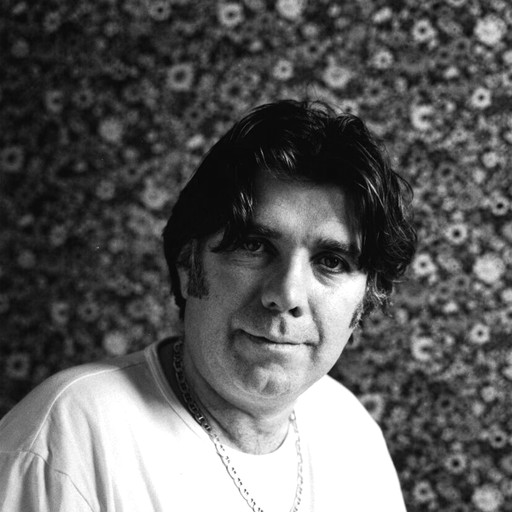1961 Born in Sheffield
2017 Died in Worthing
1985–87 Studies at the Royal College of Art, London
Lived and worked in Worthing, West Sussex
Numerous solo and group exhibitions, including
2017 Akathe Te Beshen (Groupe Exhibition), Centro Federico Garcia Lorca, Granada
Roma Armee (Scenography), Gorki Theater, Berlin
I Exist – Nach Rajasthan (Scenography) Marc Sinan Company, Dresden
2016 Frontier De Luxe (Solo), Kai Dikhas Gallery, Berlin
2015 Safe European Home? For Diasporas, Babylonia Thessaloniki
Safe European Home? Past Present Future, Hellerau – Euroepan Centre for the Arts Dresden, Dresden
2014 Have a Look into my Life!, Citymuseum Graz/Aubette, Straßbourg
Jaw Dikh!, JCC Gallery, Krakau
2013 Safe European Home? Berlin Autumn Saloon, Gorki Theatre; Berlin
Safe European Home? Past, Present Future, Kai Dikhas Gallery, Berlin
2012 Gypsyland (with Gabi Jiménez), Kai Dikhas Gallery, Berlin
2011 Safe European Home? installation with Delaine Le Bas in front of the Austrian Parliament in Vienna
2010 Romale! 10, Akademie Graz
2007 Refusing Exclusion, Prague Biennale
Paradise Lost, Sinti und Roma Pavilion, 52nd Venice Biennale
2006 Second Site, Stephen Lawrence Gallery, Greenwich
Damian Le Bas fashioned collages from found snippets of memory, from images whose context emerges only through their configuration. His preferred materials were maps, old and new, which he painted over with faces and figures, or with little vardos, the residential trailers once used by English Travellers. Maps are intellectual depictions of our world, they display boundaries as well as the obligatory routes and streets. For Le Bas, they became the substrate of a personal world, one with recollections, travels, a nities, and friendships moving through it like veins through a body. For the viewer, this country appears as a utopian projection, while for Damian Le Bas it was a representation of a complex reality that exists in parallel to the majority society of non-Roma. These maps, moreover, belong to a narrator of stories, linking together aspects of his own biography, the history of his people, and, above all, the expectations of the viewer. Roma symbols such as the vardos are mixed together with other unexpected references, for example, the Roma roots of Elvis Presley. Words in Roma dialects, combined with English text fragments, produce a pointed commentary – in their own lyrical way – on the visual content. Le Bas refered to the appropriation of a cartographic region as his “artistic conquest”: the flow of ideas, ceaselessly moving forward, wipes away the boundaries and restrictions imposed on the Roma people.
The detailed quality of this visual world is closely connected with the artist’s own multi-layered identity. Damian Le Bas belonged to an Irish Traveller family, and lived in southern England. The Irish Travellers often experience discrimination – even by British Roma Travellers.
During his studies at London’s Royal College of Art, Damian Le Bas met Delaine Le Bas, also an artist, who would later become his wife. The couple were representative of contemporary British Roma and Traveller art. It has been a major source for their artistic development.
In the last years of his life, Le Bas succeeded in living out his works more spaciously and in a variety of formats. As before, life and art mixed together. The installation Safe European Home? created with his wife Delaine was shown throughout Europe. But with his stage designs for first the music theatre production I Exist - After Rajasthan of the Marc Sinan Company and finally the theatre production Roma Army (directed by Yael Ronen) of the Gorki Theatre, the artist’s cosmos was completed. According to his idea, the 1st Roma Biennale was realized in Berlin in 2018.
‘When we gaze into the embers of a fire we can see endless stories in the flickering interplay of glow and shadow and ash. In Damian’s images there is the same depth of narrative, but the stories are not creatures of our own imagination, but paths through the labyrinths of his intersecting univers- es, real adventures that will not fade like a dying fire but capture forever confrontations of people, ideas, and culture.’
Thomas Acton, Second Site, Stephen Lawrence Gallery, Greenwich 2006




